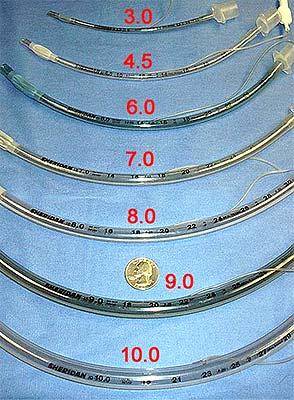Trachea,Breathing and Throat Issues of Bulldog
Bulldogs belong to a group of dogs know as "brachiocephalic" breeds or "short-nosed" breeds. Since dogs do not sweat to cool themselves as people do they rely on panting to help expel excess heat. The short nosed breeds cooling mechanism and air transfer is much less than other breeds making them very prone to over heating, heat exhaustion, and heat stroke.
Temperament can also play a role in over heating. The very excitable Bulldog, or the under socialized Bulldog that gets nervous or "worked-up" is at a higher risk for breathing problems. Through excessive panting or barking Bulldogs can actually cause edema (swelling) to their throats and larynx causing severe respiratory distress. Start early with your puppy to get them used to different types of situations involving crowds, children, multiple dogs, veterinary hospitals, dog shows, etc. so they accept these as a normal part of their life. Many "old time" Bulldog breeders carry lemon juice to squirt in their dog's mouth to help clear their throats. Lemon juice is actually considered a mucolytic and is excellent at clearing mucus- so this might be worth a try if your pet has problems.
The average trachea size for an adult Bulldogs is size 7 trachea, which is based on the size of the trachea tube used in surgery. The higher number the wider the trachea is. However, it is impossible to determine exact size as many vets try and use a general (size 7 or 8) tube when in fact maybe a 9 would have fit fine. However when they use smaller ones it's usually do to a small throat. Below is size examples of trachea tubes. Thank you LIZ for the picture.

Please always use a Bulldog experienced vet. It's most important to do so, Trachea's in Bulldog are tricky, and one should be very well experienced when dealing with Bulldogs and surgery.
There is many stories of people using a non experienced vet with Bulldogs and that end up with real problems, even fatalities!
One must only exercise there Bulldog to their level of comfort. Some Bulldogs are great, they can do anything, anytime, others must limit activity. We seem to be finding better throats in Bulldogs in this day and time vs. a decade ago.
In certain individual Bulldogs the breathing problems are more pronounced and is known as "Brachiocephalic Syndrome." The first component of this is pinched nostrils (stenotic nares). The openings to the nostrils in these dogs can be no more than slits. Air sounds can frequently be heard with each breath. If you pinch your own nostrils and try to take a deep breath you will experience a feeling of negative pressure down near your larynx or voice box. This negative pressure does several things. It stretches or pulls on the soft palate which is the soft tissue just behind the hard palate (hard roof of the mouth). This condition is known as an elongated soft palate. These dogs will make excessive snorting or snoring noises. Often you can feel strong vibrations when lightly cupping your hand over the underside of their necks. Sometimes too, they will regularly spit up white frothy foam that becomes trapped in their throats. Pinched nostrils and elongated soft palates often go together and can only be helped by surgery. The nostrils can be opened with a "wedge resection" to remove tissue and create a wider opening. This can be done with very little scarring and the sooner it is performed on puppies the better. The soft palate is best shortened using a C02 laser. Lasers cause less swelling, bleeding, and pain allowing the pet to be discharged the same day. The benefits of these surgeries can be dramatic, and are greater in younger animals as compared to a dog that has been having problems for several years.
Two other components of the syndrome are everted laryngeal saccules and a hypoplastic trachea. The saccules are located down within the openings of the trachea or windpipe. The negative pressure formed higher in the airways causes a sac on either side to get sucked out into the airway with every breath. These appear almost as little balloons and further occlude the airflow. These dogs are usually the ones that have had ongoing problems left untreated. They tend to have trouble breathing with the least amount of activity or excitement. The saccules should be excised (cut out) to correct the condition. The last feature of the syndrome known as hypoplastic trachea simply means a very small trachea. Nearly all Bulldogs have a smaller diameter trachea (windpipe) than other dogs.







